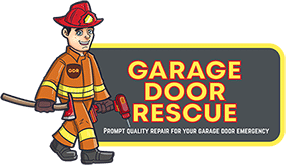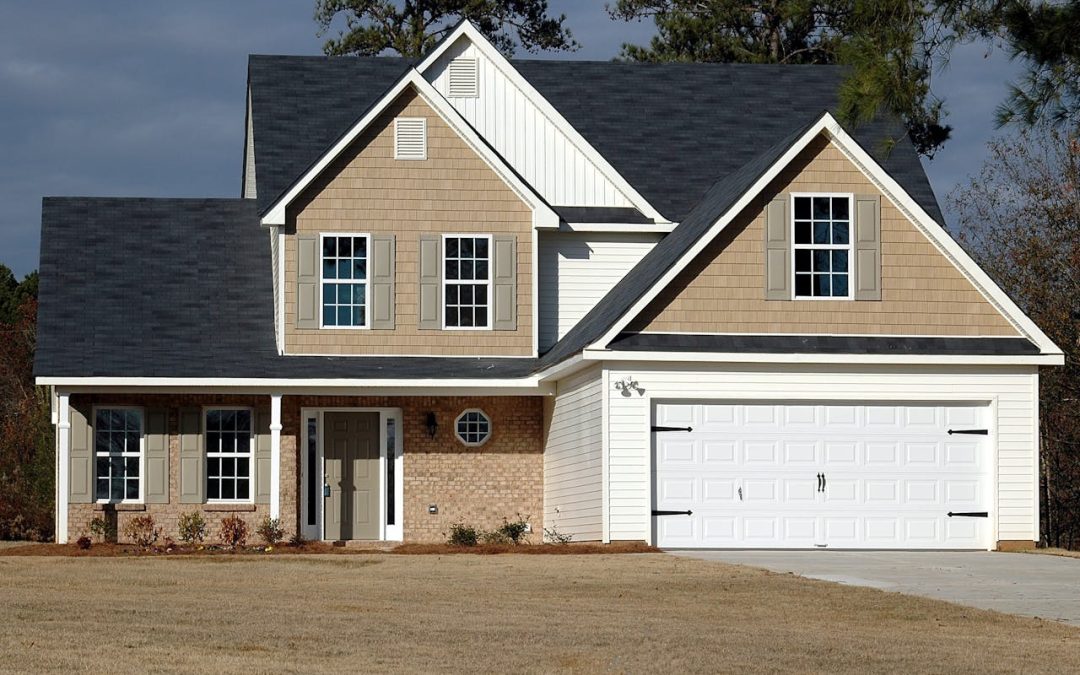Garage doors are an essential part of our homes, providing convenience and security. However, like any mechanical system, they can sometimes present issues. When your garage door opener stops working correctly, it can be frustrating and inconvenient. Understanding the basics about your garage door opener and knowing some easy fixes can help you resolve minor problems quickly and efficiently.
Sometimes, common problems with garage door openers can be solved without the need for professional help. Simple issues like replacing dead batteries in the remote or adjusting the settings on the opener are tasks you can handle yourself. Knowing how to troubleshoot these problems can save you time and money while ensuring your garage door operates as it should.
In this guide, we’ll explore the different types of garage door openers, how they work, and the components involved. We’ll also dive into common issues you may encounter and provide straightforward solutions you can try at home. If the problem persists or seems too complex, we’ll advise on when it’s best to call a professional for assistance. Let’s get started on making sure your garage door opener is always in top-notch condition.
Understanding Your Garage Door Opener
Garage door openers come in several types, each with its own benefits and drawbacks. The most common types are chain-drive, belt-drive, and screw-drive openers. Chain-drive openers use a metal chain to lift and lower the door, making them durable but often noisy. Belt-drive openers operate similarly but use a rubber belt, which makes them quieter. Screw-drive openers move the door with a threaded steel rod, providing a good balance of strength and noise level.
These openers work by using an electric motor that drives a mechanism to move the door up and down. The motor is connected to a power unit that receives signals from a remote control or wall switch. Sensors near the bottom of the door detect objects in the door’s path, preventing it from closing if something is in the way.
Common components of garage door openers include the motor, remote controls, sensors, and the rail system. The motor provides the power needed to move the door, while the rail system guides the door’s movement. Remote controls send signals to the power unit to open or close the door. Sensors ensure safety by detecting obstructions, and the power unit manages the overall operation of the system.
Troubleshooting Common Garage Door Opener Problems
When your garage door won’t open or close, it can be due to a variety of issues. The problem could be as simple as a dead battery in the remote control or as complex as a malfunctioning motor. Start by checking the batteries in your remote control and replacing them if needed. Next, ensure that the door’s sensors are clean and properly aligned, as dirty or misaligned sensors can prevent the door from operating.
If the opener runs but the door doesn’t move, the issue could lie with the drive mechanism. Check the chain, belt, or screw drive for signs of damage or disconnection. Tightening or realigning these components may solve the problem. Additionally, examine the garage door springs, as a broken spring can hinder door movement despite the opener running.
Remote control issues can also cause problems with your garage door opener. First, ensure that you are within range of the opener when using the remote. If the remote still doesn’t work, try reprogramming it according to the manufacturer’s instructions. Also, replace the batteries and check for any interference from other electronic devices in your home, which can disrupt the signal.
By understanding these common problems and their solutions, you can troubleshoot your garage door opener and identify potential issues before they turn into major repairs.
Simple Fixes You Can Do Yourself
There are some quick fixes you can try yourself before calling a professional. One common issue is a remote control that doesn’t work. Often, this can be fixed by simply replacing the batteries. Open the battery compartment, take out the old batteries, and insert new ones. Make sure they are placed correctly, matching the plus (+) and minus (−) signs.
Another simple fix is adjusting the settings on your garage door opener. Most openers have settings for things like force and travel limits, which control how far the door moves up and down. If the door isn’t closing all the way or reverses before touching the ground, tweak these settings according to the manual. This adjustment can resolve minor alignment or operational issues.
Lubricating the moving parts of your garage door can also solve several problems. Use a silicone-based lubricant on the tracks, rollers, and hinges to reduce friction and ensure smooth movement. Avoid using grease or oil-based lubricants, as they can attract dust and debris. Regular lubrication can prevent wear and tear and extend the life of your garage door opener.
When to Call a Professional
While many problems have simple fixes, some situations require professional intervention. Recognizing complex problems early can save you from costly repairs. If your garage door springs are broken or if there’s significant damage to the door panels or opener unit, it’s time to call an expert. These issues involve high-tension components and heavy lifting, which can be dangerous to handle on your own.
DIY repairs carry risks, especially if you lack the necessary skills and tools. Attempting to fix complex issues like misaligned tracks or electrical faults can worsen the problem or cause personal injury. Working on high-tension parts without professional knowledge can lead to serious accidents, making it safer to leave such repairs to trained technicians.
Choosing the right repair service is crucial. Look for a company with a good reputation, knowledgeable technicians, and prompt customer service. A professional service will diagnose the problem accurately and provide an effective solution, ensuring your garage door operates reliably and safely.
Conclusion
Fixing common garage door opener problems doesn’t have to be complicated. By understanding the basics of how your garage door opener works and knowing some simple fixes, you can resolve many issues on your own. Regular maintenance, such as replacing batteries, adjusting settings, and lubricating parts, can keep your garage door opener in good condition.
However, for more complex problems or when you are unsure about the repairs, calling a professional is the best option. Trained technicians have the expertise and tools to handle complicated issues safely and effectively. If you’re facing persistent problems with your garage door opener, Garage Door Rescue is here to help. Contact us today for reliable garage door opener repairs and to ensure your garage door operates smoothly and safely.

